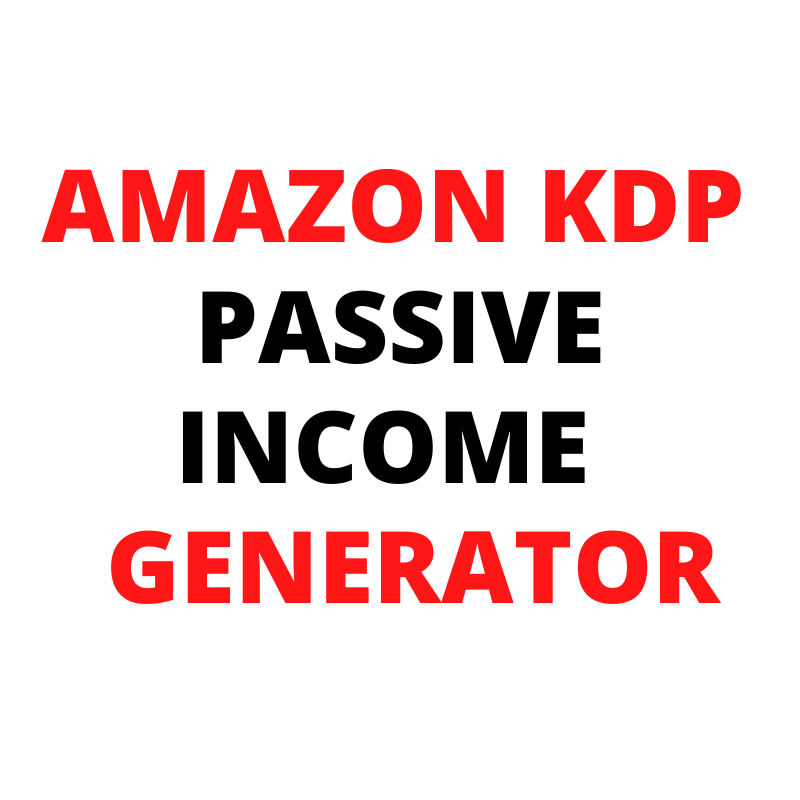The Ultimate SEO Guide: Boost Your Website's Visibility and Dominate Search"
Introduction
In today's digital age, having a strong online presence is paramount for businesses and individuals alike. Search Engine Optimization (SEO) is the key to unlocking the potential of your website, increasing visibility, and attracting organic traffic from search engines. In this comprehensive guide, we will delve into the world of SEO, covering essential strategies, the latest trends, and real-life examples from top-ranking content on Google. By the end, you'll be equipped with the knowledge to propel your website to the top of search engine results and conquer your industry.
UNDERSTANDING THE FUNDAMENTALS OF SEO
 |
To embark on this SEO journey, let's first grasp the essence of SEO and its significance in the digital landscape. SEO is the practice of optimizing your website to enhance its visibility on search engines like Google, Bing, and Yahoo. With billions of searches conducted daily, appearing on the first page of search results can significantly boost your website's traffic, credibility, and AUTHORITY.
THE THREE PILLARS OF SEO: ON-PAGE, OFF-PAGE, and TECHNICAL SEO
To build a robust SEO strategy, you need to focus on three core pillars. On-page SEO involves optimizing elements on your website, such as meta tags, content, and keyword usage. Off-page SEO revolves around acquiring backlinks from reputable sources to establish your website's authority. Technical SEO, on the other hand, deals with enhancing your website's technical aspects, such as site speed, mobile-friendliness, and crawlability.SEO stands for Search Engine Optimization. It is the practice of optimizing your website and its content to improve its visibility and ranking in search engine results pages (SERPs). The goal of SEO is to increase organic (non-paid) traffic to your website by making it more appealing to search engines. Search engines like Google, Bing, and Yahoo use complex algorithms to determine the relevance and quality of websites when users search for specific keywords or phrases.
SEO involves optimizing various elements of your website, including its content, structure, and technical aspects, to align with these algorithms and improve your website's visibility in search results. SEO encompasses both on-page and off-page optimization techniques.
On-page SEO involves optimizing individual web pages through keyword research, meta tags, headings, URL structure, and content optimization. Off-page SEO focuses on building backlinks, social media promotion, and other external factors that contribute to your website's reputation and authority.
👉👉👉 READ MORE: Step To Steps Guide On 👉👉 How To Create Blogspot Blog For Newbie
By implementing effective SEO strategies, you can increase your website's visibility in search results, drive more organic traffic, improve user experience, and ultimately, achieve your business goals. SEO is an ongoing process that requires continuous monitoring, adjustments, and staying up-to-date with search engine algorithm changes.
Here is a step-by-step guide to help you with SEO for your blog:
1. Keyword Research: The Foundation of SEO:
Keyword research is the bedrock of any successful SEO campaign. By identifying high-volume, relevant keywords with lower competition, you can drive targeted traffic to your website. Utilize tools like Google Keyword Planner, SEMrush, or Ahrefs to discover valuable keywords that resonate with your target audience.
"Start by identifying relevant keywords and phrases that your target audience is likely to search for. Use tools like Google Keyword Planner or SEMrush to find high-volume and low-competition keywords.
2. On-Page Optimization: - Title Tags: Ensure your blog post titles are catchy, relevant, and contain the target keyword. - Meta Descriptions: Write compelling meta descriptions that accurately describe your blog posts and include relevant keywords.
- URL Structure: Use clean and descriptive URLs that include your target keywords. - Headings: Organize your content using headings (H1, H2, H3, etc.), and include target keywords where appropriate. - Keyword Placement: Incorporate your target keywords naturally throughout the content, including in the first paragraph, headings, and throughout the body.
- Image Optimization: Optimize images by compressing them, using descriptive filenames, and adding alt tags with relevant keywords.
3. Crafting Compelling Content
"The Art of Creating SEO-Optimized Content "
Content remains king in the realm of SEO. Engaging, valuable, and well-structured content not only entices readers but also pleases search engine algorithms. Strike a balance between incorporating targeted keywords naturally and providing high-quality content that answers users' queries.
- High-Quality Content: Focus on creating unique, valuable, and engaging content that resonates with your target audience.
- User Intent: Understand the search intent behind your target keywords and make sure your content meets those expectations.
- Readability: Break up your content into smaller paragraphs, use bullet points, and employ subheadings to improve readability.
- Long-Form Content: Aim to create comprehensive and informative content that provides in-depth information to your readers.
Case Study: "The Ultimate Guide to Sustainable Fashion: Dressing Ethically and Stylishly"
Analyzing the top-ranking content, "The Ultimate Guide to Sustainable Fashion," we observe the seamless integration of keywords like "sustainable fashion tips," "ethical clothing brands," and "eco-friendly wardrobe" throughout the article. This balance of valuable information and keyword optimization contributed to its high-ranking position on Google.
Subheading: The Power of Backlinks and Domain Authority (DA)
Backlinks, or incoming links from other websites, are crucial for boosting your website's authority.
Internal and External Linking: - Internal Links: Add relevant internal links to other relevant pages or blog posts within your website. This helps with navigation and improves the website's overall structure.
- External Links: Include authoritative and relevant external links to reputable sources to back up your claims and provide additional value to readers.
Websites with higher Domain Authority (DA) are more likely to rank well in search engine results. Focus on acquiring backlinks from authoritative and relevant websites through guest blogging, content partnerships, and outreach campaigns.
Case Study: "10 Delicious and Healthy Smoothie Recipes"
Examining the case of "10 Delicious and Healthy Smoothie Recipes," we find that the author obtained backlinks from reputable health and lifestyle websites, further solidifying the article's authority. As a result, the article ranked on the first page for various smoothie-related keywords, driving substantial traffic.
👉😂 Read More 👇👇
AFFILIATE MARKETING: HOW TO MAKE MONEY ONLINE WITH AFFILIATE MARKETING 2022
5. Mobile Optimization: - Ensure your blog is responsive and mobile-friendly. Optimize your website's layout and design to provide a seamless experience across different devices.
6. Page Speed: - Optimize your website's loading speed by leveraging caching, compressing images, minimizing CSS and JavaScript files, and using a fast hosting provider.
7. User Experience: - Focus on creating a positive user experience by providing intuitive navigation, clear calls to action, and easy-to-use interfaces.
8. Social Sharing: - Encourage social sharing by adding social sharing buttons to your blog posts, allowing readers to easily share your content on various social media platforms.
9. Regular Updates: - Keep your blog updated with fresh content. Regularly publish new blog posts and update existing ones to ensure relevancy and show search engines that your website is active.
10. Analyze and Monitor: - Use tools like Google Analytics and Google Search Console to track your website's performance, monitor keyword rankings, and identify areas for improvement. Remember, SEO is an ongoing process, so it's important to continuously research, optimize, and adapt your strategy based on the latest trends and search engine algorithm updates.
CONCLUSION: By now, you have gained a comprehensive understanding of SEO and its role in enhancing your website's visibility and dominating search engine rankings. Remember that SEO is an ongoing process, requiring continuous monitoring, adjustments, and creativity. Through thorough keyword research, compelling content creation, and a focus on quality backlinks, your website can ascend the ranks and flourish in the digital landscape. Embrace the power of SEO, and let your website shine amidst the fierce competition in the digital realm.









0 Comments